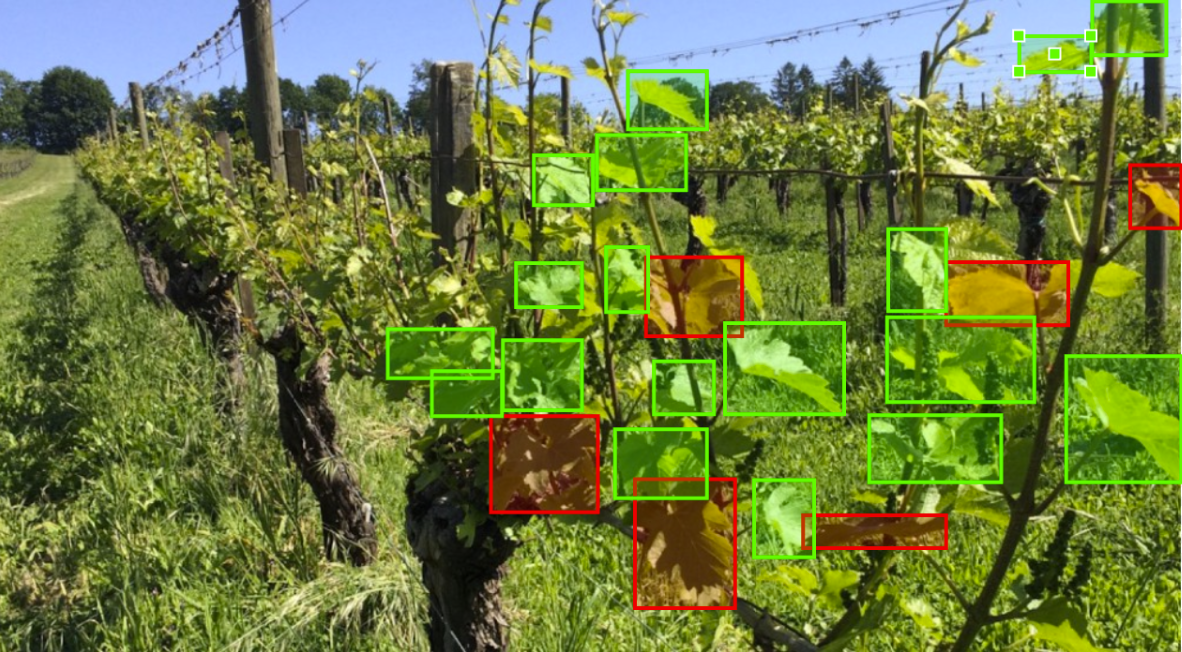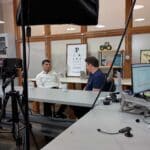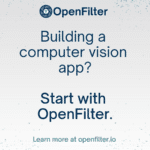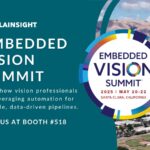Manually collecting business data is a tedious slog where making mistakes that cost your business time and money is all too easy. Computer Vision software automates some of the work and eliminates the errors that come with it–no more clipboards, no more note-taking. Unfortunately, implementing Computer Vision means you need AI and Data Science expertise, or at least it did until now.
WTF is a Filter?
Instagram filters provide regular people with image touch-up abilities that were previously only available to people with image editing skills. Plainsight Vision Data Filters allow your businesses (in any industry) to extract business-relevant information from any video stream and put it to work running your business with your eyes closed. You don’t need AI or Data Science skills to get them up and running.
Point a camera, pick a Filter, and run your business. With Filters, you make informed decisions, unlock insights, and take action.
Filters are changing modern farming in the Agriculture industry. For example, we have Filters running on drone footage flying through farmland to capture essential details like crop health and pest infestations. Armed with this data, farmers target their actions, applying pesticides, water, and fertilizer where they’re needed most. It’s precision farming in action: a direct route to more crops, less waste, and a brighter future for agriculture made possible by wrapping business application logic around swappable models.
Why is that architecture useful?
The Computer Vision application accepts the data about the vision and adds the ‘nouns and verbs’ in any sentence about how a Filter solves a business problem. When a farmer wants to check whether his plants have a disease, Plainsight composes a Filter that recognizes the leaves (Recognition Model draws the boundary box) and assigns “yes” or “no” (Categorization Model), which the application converts to ‘healthy’ or ‘diseased’ to each boundary box. They can count and measure objects, read text in images, track objects in specified areas, and use FilterBox to process many other actions that turn visual images into the kind of information that a business needs to run.
So, a FilterBox is a computer?
FilterBox is the virtual Runtime Engine where Filters operate near where business happens. It runs on Kubernetes, a technology that makes it efficient and adaptable, whether in the cloud or on the edge. It uses MQTT, a standard for data communication, to provide real-time data feeds that match your live video. Plus, FilterBox plays nice with your existing systems, whether it’s your assembly line, business intelligence tools, or other setups. And with the FilterRepo, Filter Box offers a comprehensive ecosystem of pre-built and customizable Filters.
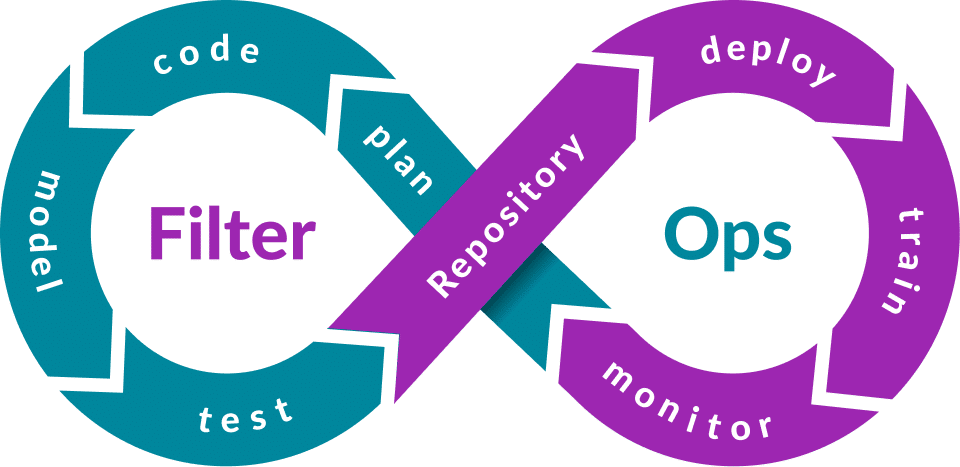
FilterRepo is a central capability of the Computer Vision industry’s implementation of DevOps
What’s the FilterRepo?
The FilterRepo (short for Repository) provides a single source of truth to enable the discovery and continuous improvement of Filters. These Filters are ready-made solutions to business problems wrapped up like an app. With FilterRepo, you don’t have to start from scratch–you can find the right Filter, train the model it depends on to fit your requirements, and make your data work for you.
Is my data safe?
YES.
Plainsight will not sell AI models trained on customers’ data without permission or compensation. We honor the privacy of our customers while still achieving high degrees of performance and accuracy by never ingesting customer data in the first place. We recommend using PrivacyShield in almost every Filter to hide sensitive visual information from being ingested or stored improperly.
Plainsight also guides our customers in collecting visual data, labeling it, training models, and converting it into business-relevant information via Filters. This method lets you fine-tune your models (without a data-science team) to your specific task without worrying that this valuable training intellectual property will enable your competitors in a few months.
Computer Vision sounds super useful. How do I make DIY CV for business without Plainsight?
Love the enthusiasm! Let’s roll up our sleeves and get started:
- Define your business problem in terms of inputs, outputs, and tolerances
- Find a set of relevant recognition models. You may have to purchase a model, so start tracking your budget
- Architect the coding problems into the code functions that ingest and output the meta-layer created from your visual models
- Build the Machine Learning systems to convert the visual data meta-layer into useful data streams
- Decide how you will label and annotate your vision data to train your model from initial accuracy to the business requirements from earlier. Each of these are services that can be bought, too
- Either code all of it or connect the APIs associated with the services you bought
- Follow “image capture for CV” best practices
- Train the model
- Benchmark your CV solution against your runtime environment
- Compare your accuracy results against the live environment done with manual work
- Test whether your solution is compliant with applicable standards and regulations
- Maintain the system indefinitely–did the lighting change or the cameras get moved? Retrain the model. Did the data endpoint type change as part of an IT initiative? Build a new exporter. Zero day vulnerability discovered? Which package did you use to build it three years ago?
After tallying up the services you’d be paying for, all of the skills you’d have to learn, and taking the time to build and maintain that, wouldn’t it sound great to be able to subscribe to a Filter that solves the business problem immediately for WAY less than the cost of a custom solution?
Why should I use Plainsight Vision Intelligence Filters specifically?
The Computer Vision industry is focused on use cases like a science project, using customer data to build their intellectual property, and waiting for consultants to build expensive, bespoke solutions that crumble out of production-level efficacy without expert maintenance. By contrast, Plainsight Vision Data Filters are a wide array of Computer Vision solutions to business problems (and we’re happy to compose a new one if you have an idea!). Even without specialized technical expertise, you can leverage these user-friendly Filters for myriad applications that scale from Idea to Industry.
Let’s Make Cameras Count
Filters are a user-friendly, versatile solution that goes beyond human capabilities. Explore the capabilities of Plainsight Vision Intelligence Filters, unlock new possibilities, and run your business with your eyes closed.


